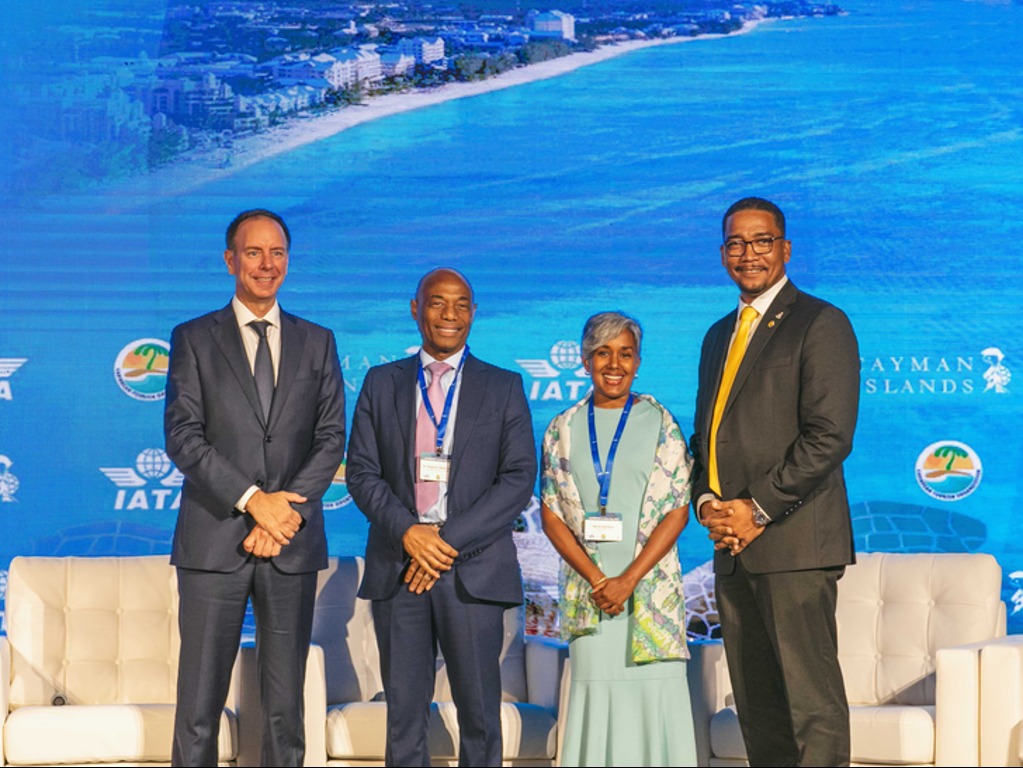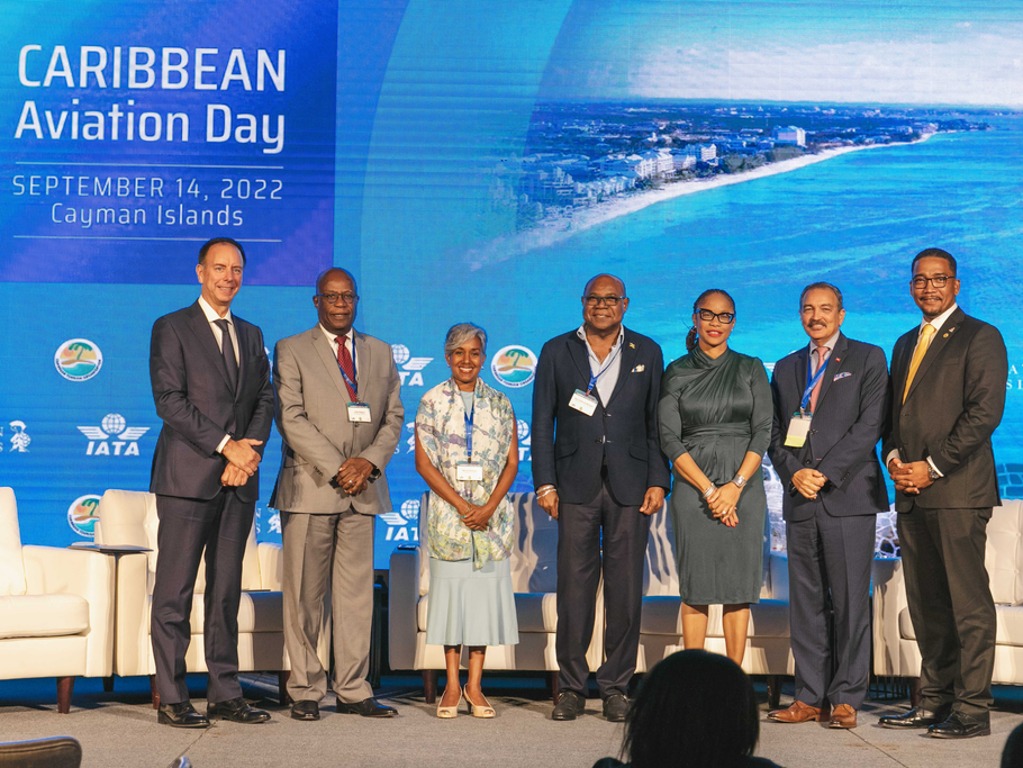Caribbean At Risk Of Pricing Out Of Market

The price is not right.
Driving home the point that “some Caribbean states are pricing themselves out of the global travel and tourism competition,” Peter Cerdá, Regional Vice President, The Americas for IATA, kicked off the 4th Caribbean Aviation Day held in the Cayman Islands by doing a price comparison between travel destinations.
For example, a flight for an eight day vacation from London to Bridgetown in October is around $800, but a flight from London to Dubai for the exact same time frame is around $600.
“For a family of four, that is an $800 difference just for the flights. Another example closer to home: Miami to Antigua, we are looking at a $900 round trip ticket for the same dates in October. But Miami to Cancun averages to be around $310 for a round trip ticket. Again, for a family of four, that is a total difference of over $2,000 just for the flights,” he noted. “Caribbean destinations are running the risk of pricing themselves out of the global travel and tourism market where passengers have more choice than ever before.”
One of the factors contributing to cost surcharges is that airlines are charged fees if flights don’t arrive between regular business hours.

“If passengers are not arriving during ‘regular’ 9 to 5 business hours, airlines are being charged significant overtime fees for each passenger to be processed by immigration and customs,” he shared. “Aviation is not a 9 to 5 business. Global connectivity is around the clock. This process is simply unacceptable and makes no sense as those very same passengers are the ones staying at local hotels, eating at local restaurants, and fuelling local economies, no matter what time they arrive. So why penalize and charge airlines extra who transport these passengers?”
Taxes and fees added to airline tickets also substantially increase the cost of air travel to and from the region. Whereas the global level taxes and charges make up approximately 15% of the ticket price, in the Caribbean the average is double that at approximately 30% of the ticket price. Cerdá noted that in some markets, taxes, fees and charges make up half of the total ticket price.
“On a flight from Barbados to Barbuda, taxes and fees represent 56% of the ticket price. On a flight from the Bahamas to Jamaica, 42%. St. Lucia to Trinidad & Tobago, also 42%. And Port of Spain to Barbados: 40%,” he said. “In comparison, Lima, Peru to Cancun, Mexico, another beach destination, taxes and fees only represent 23%.”
On a positive note, global passenger air traffic has reached 74.6% of pre-crisis levels and in the Caribbean, the recovery is even faster already reaching 81% of pre-pandemic levels in June.
But while international connectivity between the Caribbean, the Americas and Europe has largely been restored, he pointed out that travelling within the region remains a challenge and also opens the door to growth opportunities for the region.

“We have only reached 60% of intra-Caribbean passenger levels compared to 2019 and in many cases the only way to reach other islands is via Miami or Panama,” he said. “Offering the Caribbean as a multi-destination region with good, efficient and affordable global and regional connectivity will create a unique selling proposition.”
Prior to 2020, he highlighted that aviation and tourism contributed 13.9% of GDP and 15.2% of all jobs in the Caribbean region. According to the World Travel & Tourism Council (WTTC), eight out of the ten most tourism dependent countries globally in 2019 were in this region.
“The Caribbean needs to remain an attractive tourist destination. The WTTC forecasts a possible annual 6.7% travel and tourism GDP increase between 2022 and 2023 if the right policies are implemented,” he said.
Over 250 delegates from across the wider aviation and tourism industries were on hand for the event, which was held in partnership with the Caribbean Tourism Organization and the Government of the Cayman Islands.


